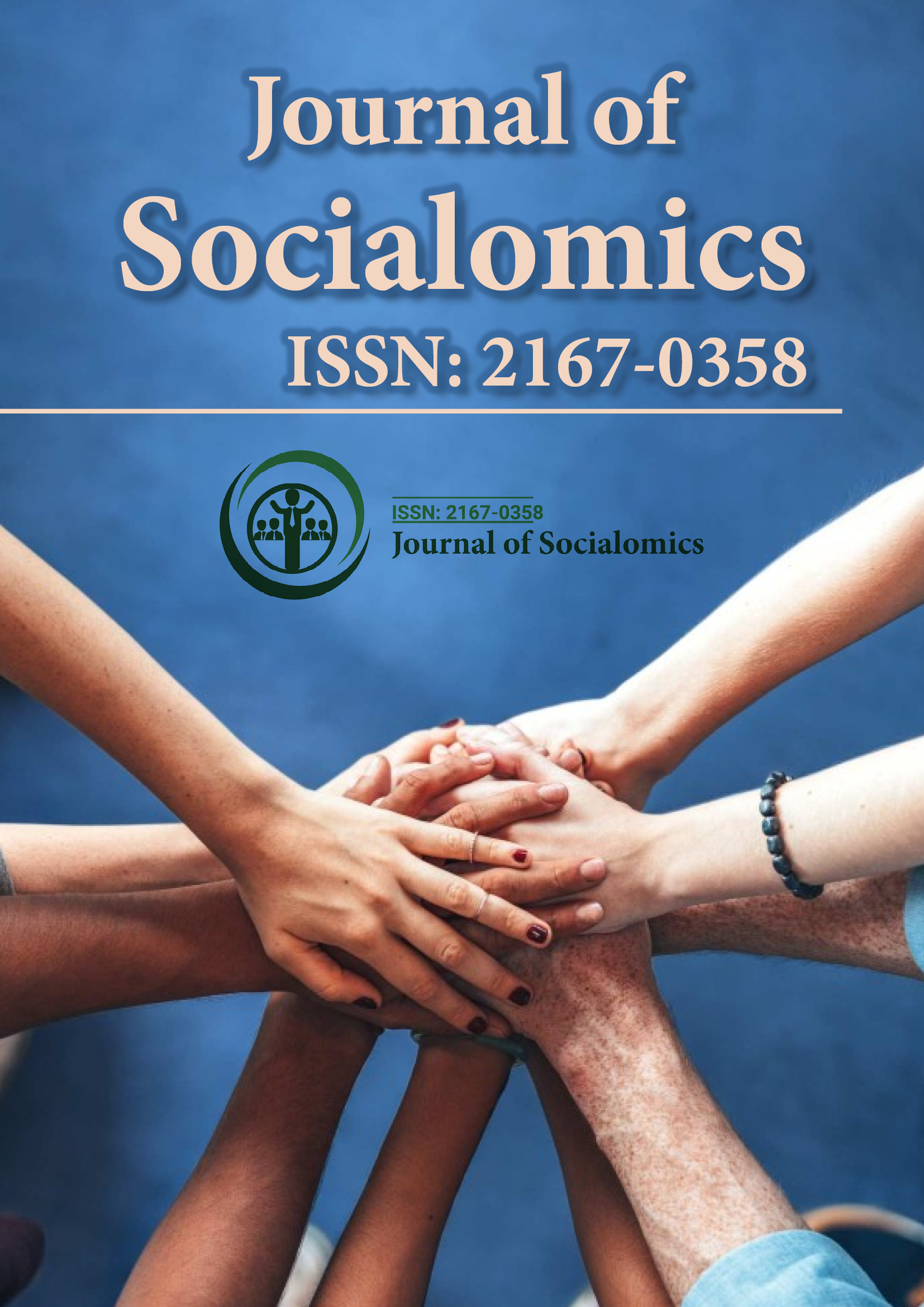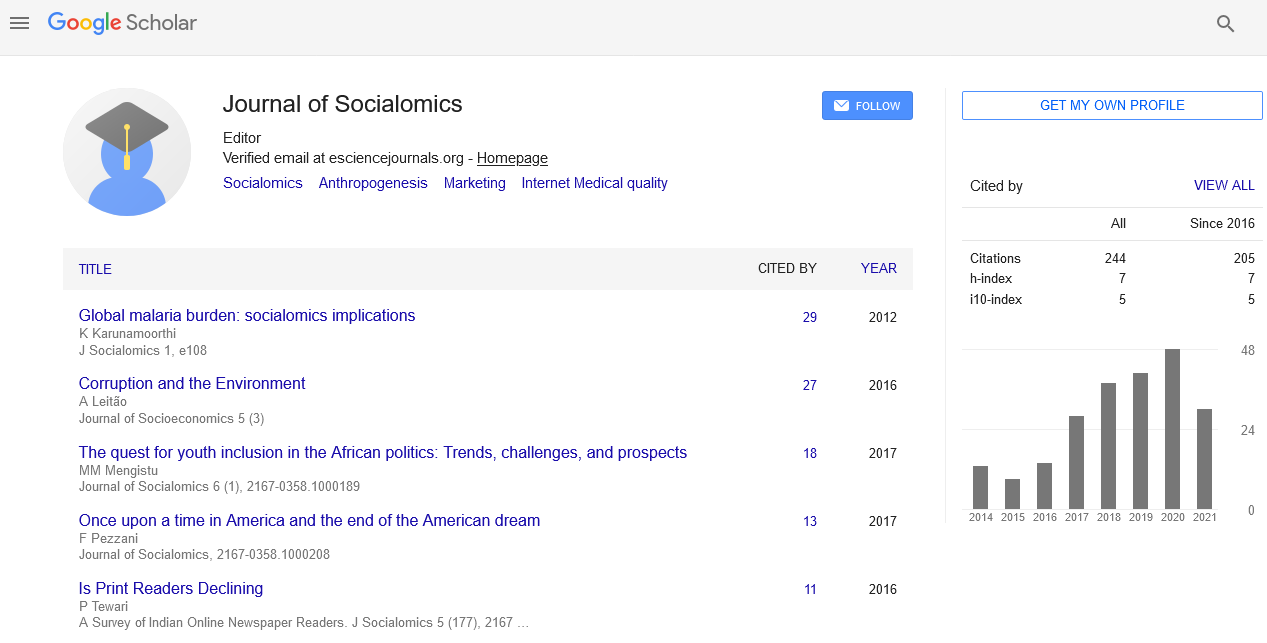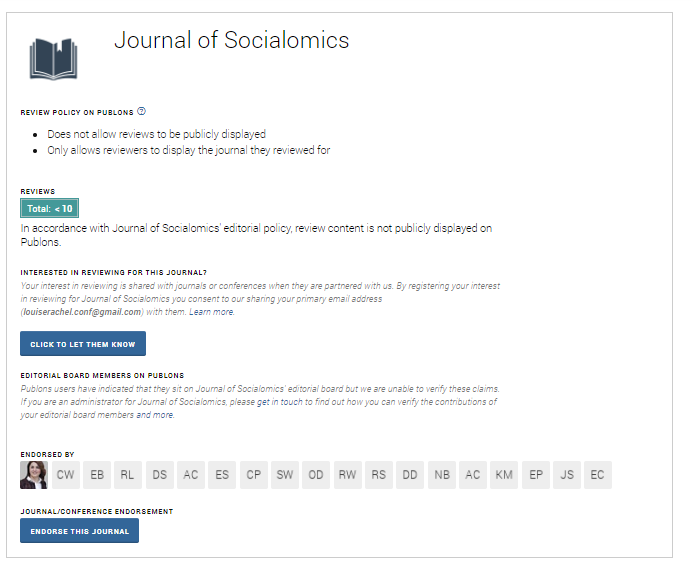Indexed In
- Open J Gate
- Genamics JournalSeek
- SafetyLit
- RefSeek
- Hamdard University
- EBSCO A-Z
- OCLC- WorldCat
- Publons
- Google Scholar
Useful Links
Share This Page
Journal Flyer

Open Access Journals
- Agri and Aquaculture
- Biochemistry
- Bioinformatics & Systems Biology
- Business & Management
- Chemistry
- Clinical Sciences
- Engineering
- Food & Nutrition
- General Science
- Genetics & Molecular Biology
- Immunology & Microbiology
- Medical Sciences
- Neuroscience & Psychology
- Nursing & Health Care
- Pharmaceutical Sciences
Perspective - (2025) Volume 14, Issue 1
Digital Interpretation of Culture Through Data and Visualization
Laure Benit*Received: 24-Feb-2025, Manuscript No. JSC-25-29182; Editor assigned: 26-Mar-2025, Pre QC No. JSC-25-29182; Reviewed: 12-Mar-2025, QC No. JSC-25-29182; Revised: 19-Mar-2025, Manuscript No. JSC-25-29182; Published: 26-Mar-2025, DOI: 10.35248/2167-0358.25.14.259
Description
Cultural analytics is an emerging interdisciplinary field that combines data science, computational methods, and cultural studies to analyze large-scale cultural data. It focuses on understanding patterns, trends, and structures within cultural artifacts, practices, and expressions using quantitative and computational techniques. As digital technologies have transformed how culture is created, shared, and preserved, cultural analytics provides powerful tools to explore vast amounts of cultural data from literature, art, music, film and social media to historical documents and public archives enabling new ways to study culture in the digital age.
One of the foundational elements of cultural analytics is digitization. The conversion of cultural materials into digital form has enabled their storage, retrieval, and analysis on an unprecedented scale. Digitized books, newspapers, artworks, music recordings, and film archives create a rich reservoir of data. Digital platforms such as social media and streaming services continuously generate cultural data reflecting contemporary tastes, opinions, and social dynamics. Cultural analytics leverages these resources to examine how culture evolves and interacts with society. Visual data analysis is another important component. Advances in computer vision and image recognition enable the study of visual culture at scale. By analyzing large collections of paintings, photographs, advertisements, or movie frames, cultural analytics can identify stylistic patterns, iconographic motifs, or visual trends across time and geography. This quantitative approach to visual culture complements traditional art historical methods and can highlight subtle shifts that reflect broader societal changes.
Cultural analytics also investigates temporal and spatial dynamics of culture. Time-series analysis helps track the rise and fall of genres, themes, or cultural phenomena. Geographic Information Systems (GIS) and spatial analytics explore how cultural practices and artifacts vary across locations, shedding light on regional identities, cultural diffusion, or migration patterns.
Applications of cultural analytics span academia, industry, and public policy. In academia, scholars use cultural analytics to revisit longstanding questions in literature, history, anthropology, and media studies with fresh perspectives. For example, large-scale text analysis of historical newspapers can provide insights into public discourse and social attitudes during key historical events. In industry, cultural analytics drives recommendation algorithms for streaming services, targeted advertising, and market analysis, helping tailor cultural products to audience preferences.
Technological advancements continue to expand the capabilities of cultural analytics. Machine learning and artificial intelligence enable more sophisticated pattern recognition, including detecting irony, metaphor, or visual styles. Multimodal analysis integrates text, image, audio, and video data to capture the complexity of cultural artifacts fully. Interactive visualization tools help researchers and the public explore cultural datasets intuitively, making complex findings accessible. In the future, cultural analytics is poised to transform our understanding of culture in profound ways. By revealing large-scale patterns and connections, it helps contextualize individual cultural products within broader societal trends.
Conclusion
Cultural analytics represents a dynamic fusion of technology and humanities, offering powerful methods to explore the richness of human culture in the digital era. By combining computational analysis with critical cultural insights, it opens new horizons for research, creativity and public engagement, helping to navigate and understand the ever-expanding cultural landscape of our time. It democratizes cultural scholarship by making vast datasets available and interpretable. It also fosters innovation in how culture is created, disseminated, and experienced.
Citation: Benit L (2025). Digital Interpretation of Culture Through Data and Visualization. J Socialomics. 14:259.
Copyright: © 2025 Benit L. This is an open-access article distributed under the terms of the Creative Commons Attribution License, which permits unrestricted use, distribution and reproduction in any medium, provided the original author and source are credited.


